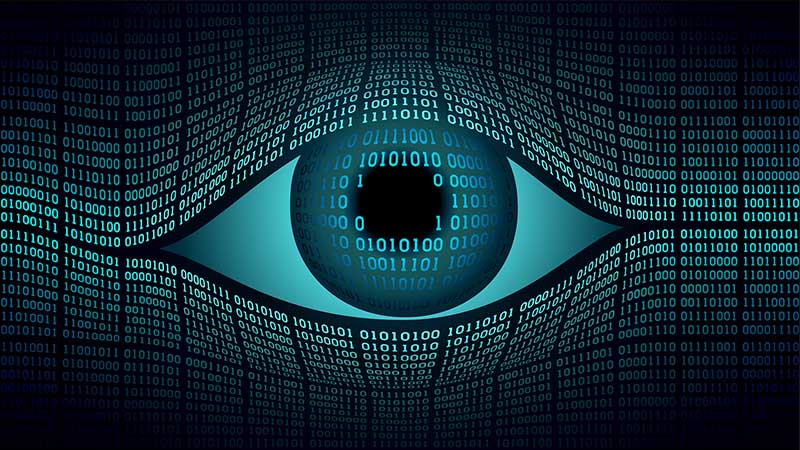A common questions I hear from people learning about EasyALPR for the first time is “how good is the accuracy of EasyALPR in detecting license plate numbers?”
Enough people have been impressed by the quality of the scan results, my first response is “try it and see!” EasyALPR is free in the App store, so anyone with an iPhone can quickly see whether the product works for them.
Some people are interested in more specific technical details of how the license plates turn from images to detected letters, so I thought I’d go into more background.
Looking Inside Images for License Plates
The EasyALPR mobile app combines Computer Vision using OpenCV and the Tesseract optical character recognition (OCR) library to “see” a license plate and then to read the letters and numbers on the plate.
When you sign in to the EasyALPR app and choose Capture Plates the app shows a screen similar to a low-frame rate video camera. The app is essentially taking photographs very quickly, (between 6-8 per second) and in each one the iPhone is looking first for a rectangular license plate.
When the app detects the corners of a license plate, it draws a green rectangle around the plate to confirm that it has indeed found something. You can see this yourself by pointing the phone at a car.
This plate with the green border is then passed through an Tesseract which knows what letters and numbers look like from different angles.
The app then creates several guesses or “Candidates” of what the letters and numbers are. These guesses, along with the main photo graph, the cut-out plate and other information like the location and time of scan are all sent up to EasyALPR.com

Comments are closed.